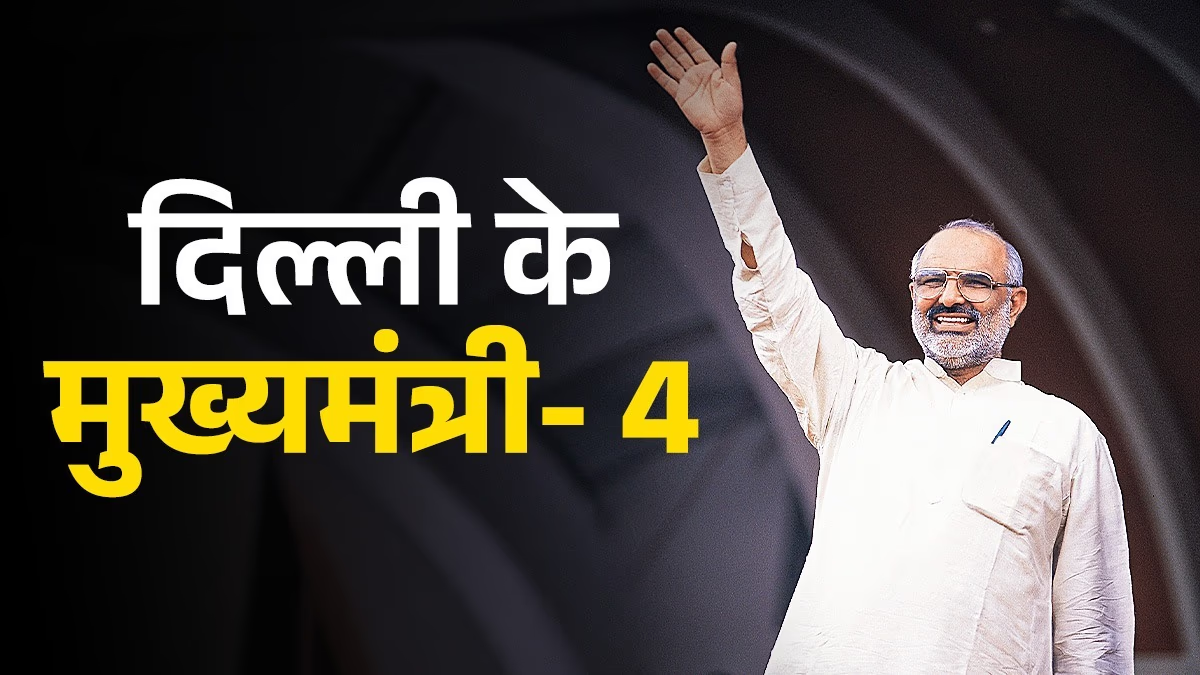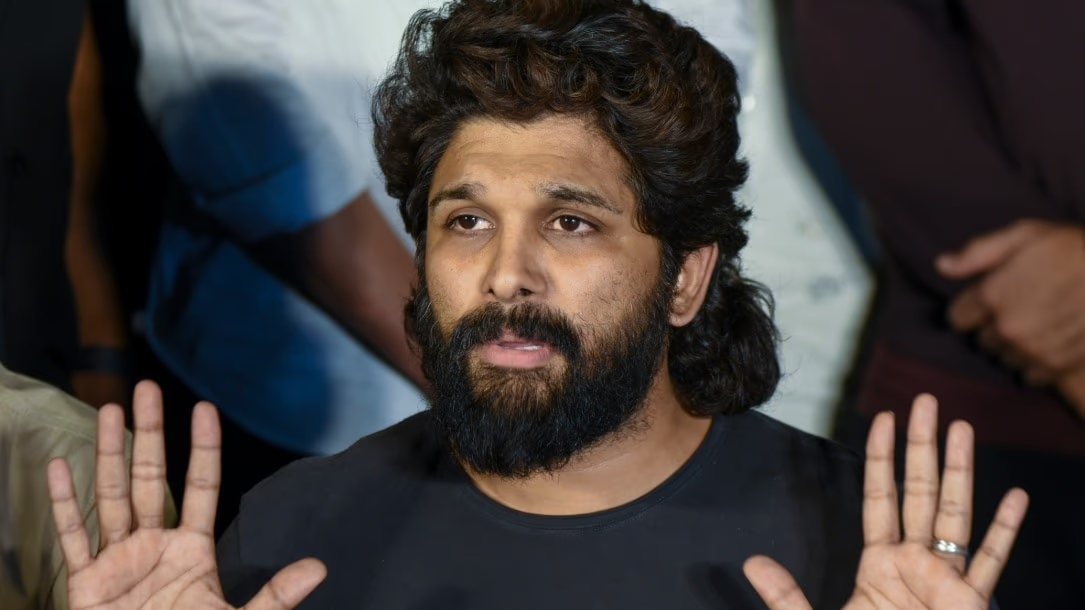Delhi faces an assembly election next year. In this special series, we dive into the story of a Chief Minister whose hold on the city's villages was unshakeable. Despite controversies, he seized the CM seat, only to have it taken away by the sky-high onion prices.
We're talking about Sahib Singh Varma, Delhi's fourth Chief Minister. Let's first explore Varma's early life journey...
Adding 'Varma' on a Professor's Advice
Sahib Singh was born in a Jat family at the Delhi-Haryana border in Mundka village. He pursued a Ph.D. in Library Science and worked as a librarian. On a professor's recommendation, he appended 'Varma' to his name. Always connected with RSS, he also became President of the World Jat Aryan Foundation.
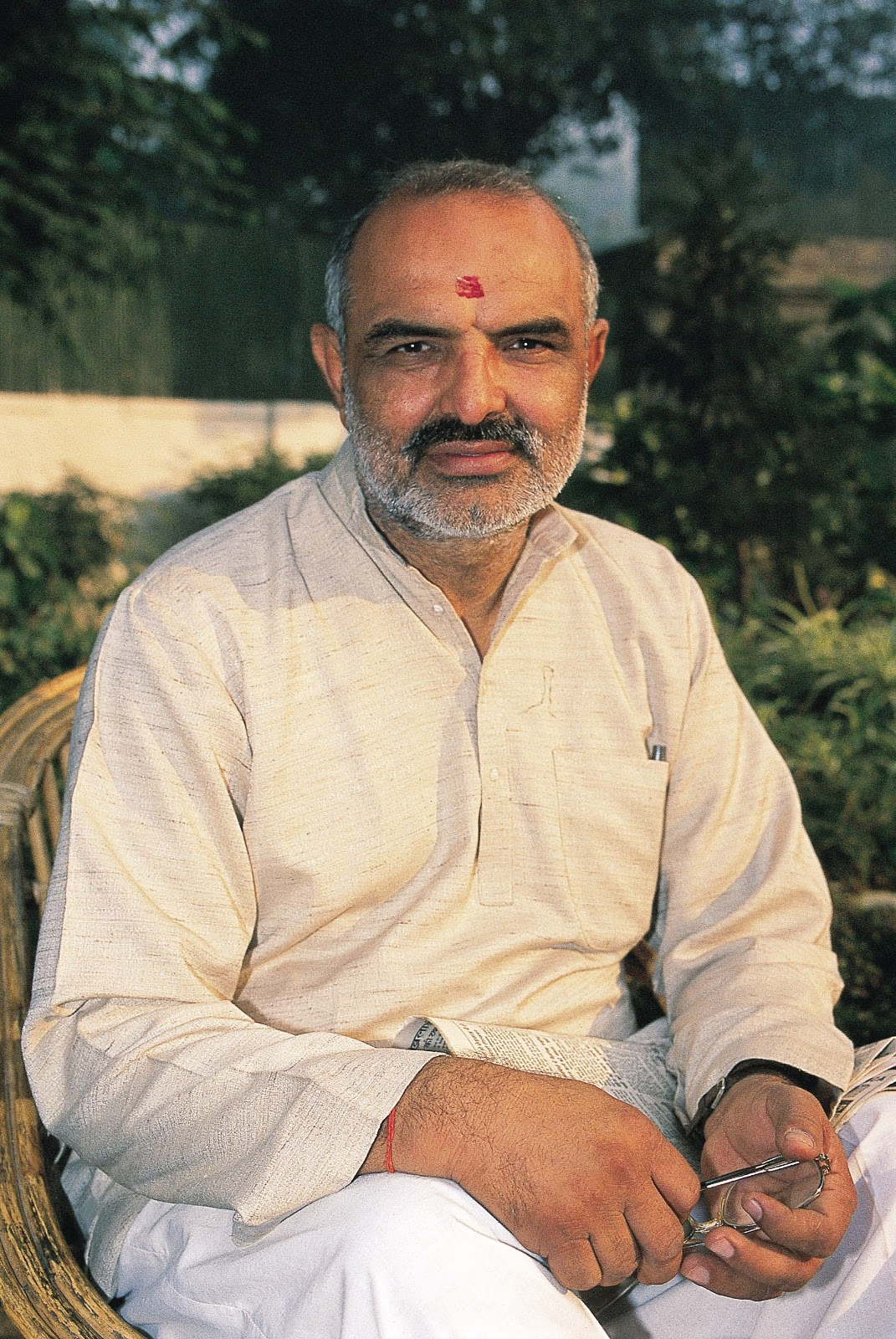
Source: aajtak
The Political Journey Begins...
It was 1977 when Morarji Desai's government was in power, and Delhi was undergoing local body elections. Sahib Singh Varma made his political debut, becoming a councilor from Keshavpuram Ward. Soon, his name became prominent in Delhi's local politics.
'Leader of Delhi's Villages'
Due to his strong influence in Delhi, in 1991, he was granted a ticket for the Outer Delhi Lok Sabha seat. His main opponent was Sajjan Kumar, closely associated with Sanjay Gandhi. Despite losing to Sajjan Kumar, the election cemented Sahib Singh Varma as a recognized leader of Delhi's villages.
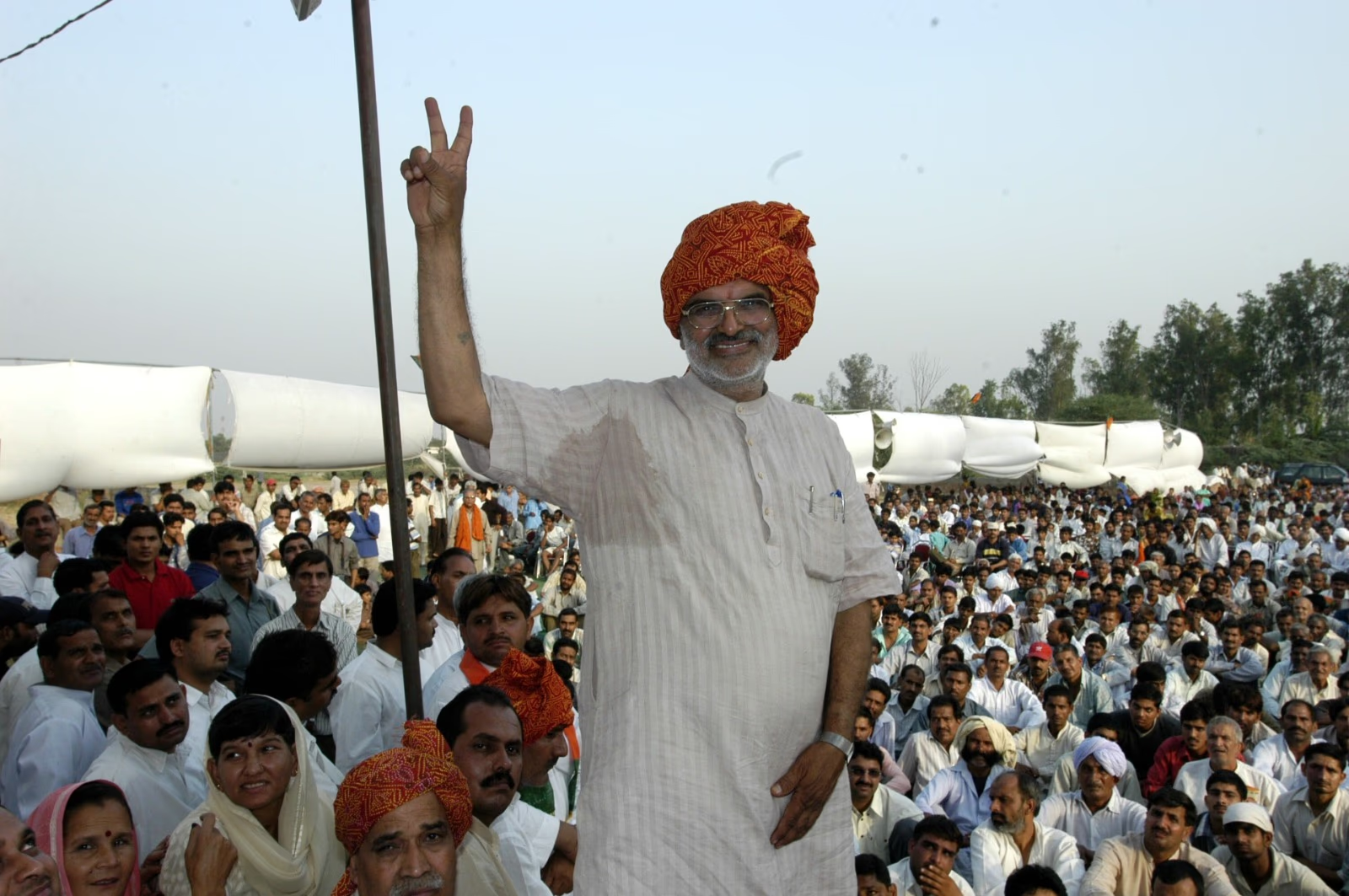
Source: aajtak
Then Came the 1993 Assembly Election
After the Lok Sabha elections, the 1993 assembly elections were on Delhi's horizon. Sahib Singh Varma received a ticket from Shalimar Bagh. He defeated the Congress candidate by a margin of 21,000 votes. In that election, BJP achieved a stunning victory by winning 49 out of 70 seats.
Sahib Varma Was Second-in-Command in Khurana's Government
Post-BJP's victory, Madan Lal Khurana became Delhi CM. Recognizing Varma's stature, he was appointed as education and development minister, second-in-command. However, disputes between Khurana and Sahib Singh Varma soon arose, highlighting differences over teacher recruitment and political factionalism.
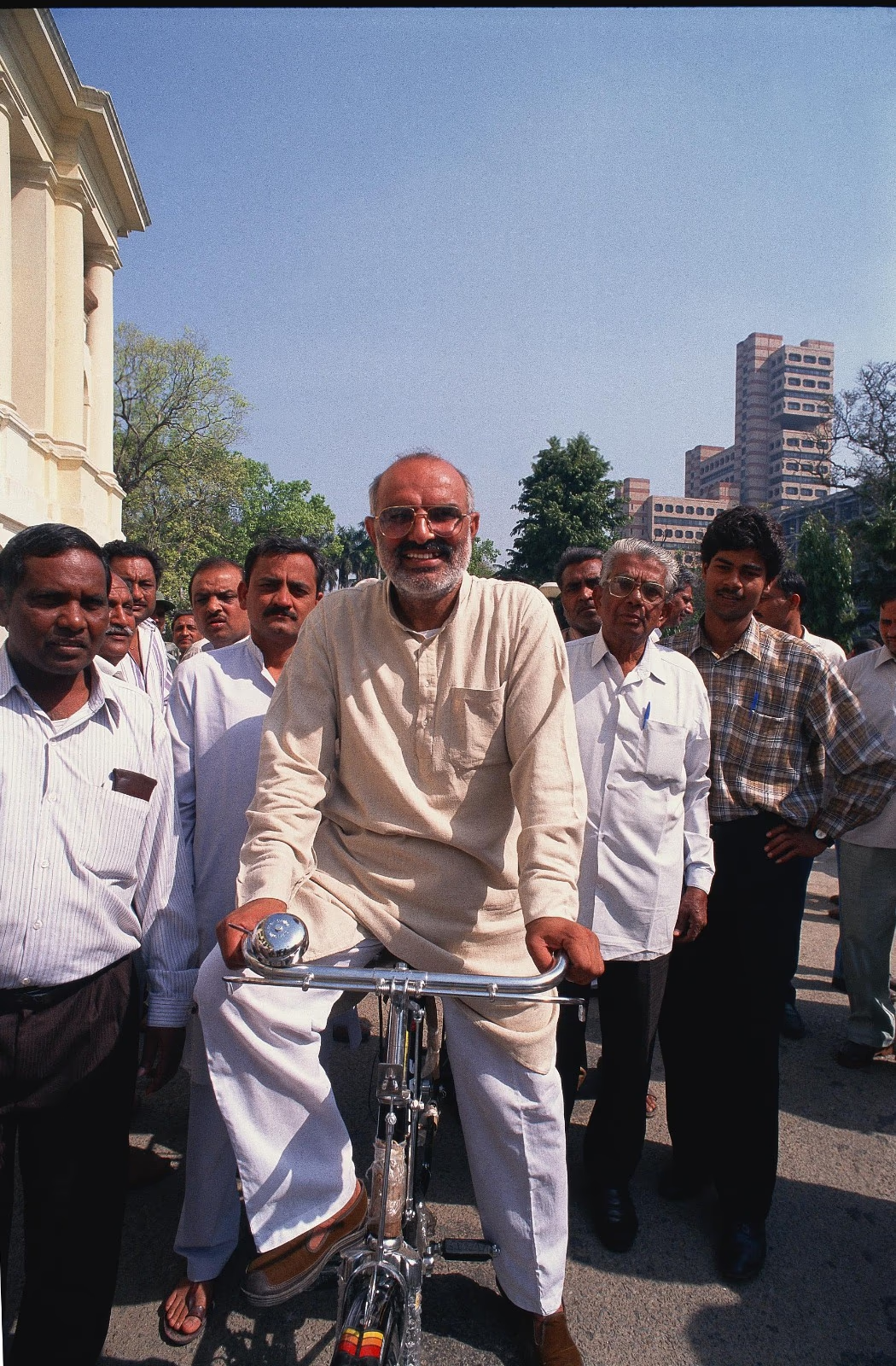
Source: aajtak
The Story Changed After Three Years
By 1996, Delhi's political scenario shifted dramatically. On January 16, 1996, the Jain Hawala case charged several officials, forcing BJP leader L.K. Advani to resign as an MP. CM Khurana was also implicated, with a diary entry showing 300,000 rupees associated with his name. Amid rising resignation pressures, Khurana stepped down.
Sahib Singh Varma's Fortunes Opened Up
Post-Khurana's resignation, political tides favored Sahib Singh Varma. There was a heated debate over two potential CM candidates: Sushma Swaraj and Harsh Vardhan, the health minister under Khurana's cabinet.
The central command backed Sushma, while Khurana favored Harsh Vardhan. A legislative meeting on February 23 decided the outcome. With 31 legislators supporting him, Varma emerged as the choice, forcing the leadership to concede. Thus, Sahib Singh Varma became Delhi's fourth Chief Minister.
On February 26, 1996, Sahib Singh Varma took the oath as CM. However, the BJP appointed Khurana as the Chairman of Delhi BJP Legislative Party, advising Sahib to maintain the existing cabinet.
Also Read:
A significant challenge arose for Varma when Khurana was cleared in the Jain Hawala case. His supporters renewed pressure for a CM change, yet Varma had established his political base. Frictions between the factions became public, with leaders openly criticizing each other. Meanwhile, several incidents, including the Uphaar cinema tragedy and a bus accident in Yamuna, tainted Varma's government's image. Amidst all, the onion price surge took center stage.
Onion Prices Spike and the CM Seat is Lost
Just before the Delhi assembly election, a stark onion shortage drove prices to 60-80 rupees per kilo. When journalists queried CM Varma about the unaffordability for the poor, he remarked, "The poor don't eat onions." This statement was seized by Congress, with Sheila Dikshit vehemently opposing it. Amidst public anger over inflation and looming elections, BJP took drastic measures. Just two months ahead of the election, Sahib Singh Varma resigned as CM.
Following his resignation due to onion price inflation, Sushma Swaraj became CM on October 12, 1998, with Varma himself proposing her name.
Also Read:
What Happened in the 1998 Elections
Interestingly, Sahib Singh Varma didn’t contest the 1998 assembly elections, leading to BJP securing only 15 seats, losing governance. At the time, Delhi was notably divided into three factions: Khurana, Sahib, and Sushma...
However, in the subsequent Lok Sabha elections, BJP swept all seven Delhi seats, with Sahib Singh Varma emerging victorious in Outer Delhi, defeating the Congress candidate by 200,000 votes. Yet, he awaited long for a central minister's role. Finally, in 2002, during Vajpayee's government, he became the labor minister. His stance against cutting EPF interest rates earned him the label 'A Bull in a China Shop,' but he faced defeat in the 2004 elections. Unexpectedly, in 2007, at age 64, Sahib Singh Varma passed away in a road accident.
